News
-
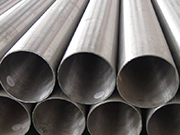
Analysis and control of surface cracks in low-temperature seamless steel tubes
Causes of microcracks in tubes To make the low-temperature seamless steel tube Gr6 have good low-temperature impact properties of -45℃, its (C) is designed to be 0.08%~0.12%, and the other chemical components are to improve strength and refine grains. Usually, (C) is added to 0.09%. 0.12% steel i...Read more -
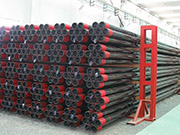
Heat treatment technology of industrial oil casing
After adopting this heat treatment method, oil casing can effectively improve the impact toughness, tensile strength, and anti-destruction performance of oil casing, ensuring good value in use. Oil casing is an essential pipe for drilling oil and natural gas, and it needs to have good performance...Read more -
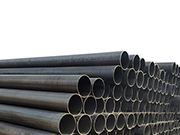
Cold processing of industrial steel pipes
Overview of cold processing of steel pipes; Characteristics and process flow of cold processing of steel pipes Cold processing of steel pipes includes cold rolling, cold drawing, cold tension reduction, and spinning, which are the main methods for producing precision thin-walled, and high-strengt...Read more -
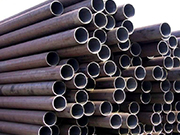
Quality problems in the production process of seamless steel pipes – steel pipe finishing defects and their prevention
Steel pipe finishing defects and their prevention. The finishing process of steel pipes is an important process to remove steel pipe defects, further improve the quality of steel pipes, meet the needs of special product uses, and clarify the “identity” of products. Steel pipe finishin...Read more -
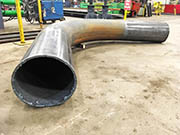
Technical requirements of steel bending pipe and analysis of factors affecting elbow quality
Steel bending pipe is produced step by step and then made into finished products. In the whole production process, because there is a requirement that the steel pipe must be bent, and the bending of the steel pipe requires some technology, the degree of bending is also different, so what are the ...Read more -
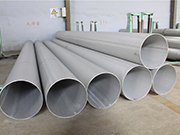
What types of heat treatment can stainless steel welded pipes be divided into
During the production process, stainless steel welded pipes can be subjected to intermediate heat treatment and finished product heat treatment. Because a bright surface without oxidation can be obtained, the traditional pickling process is eliminated. The use of this heat treatment process not o...Read more
